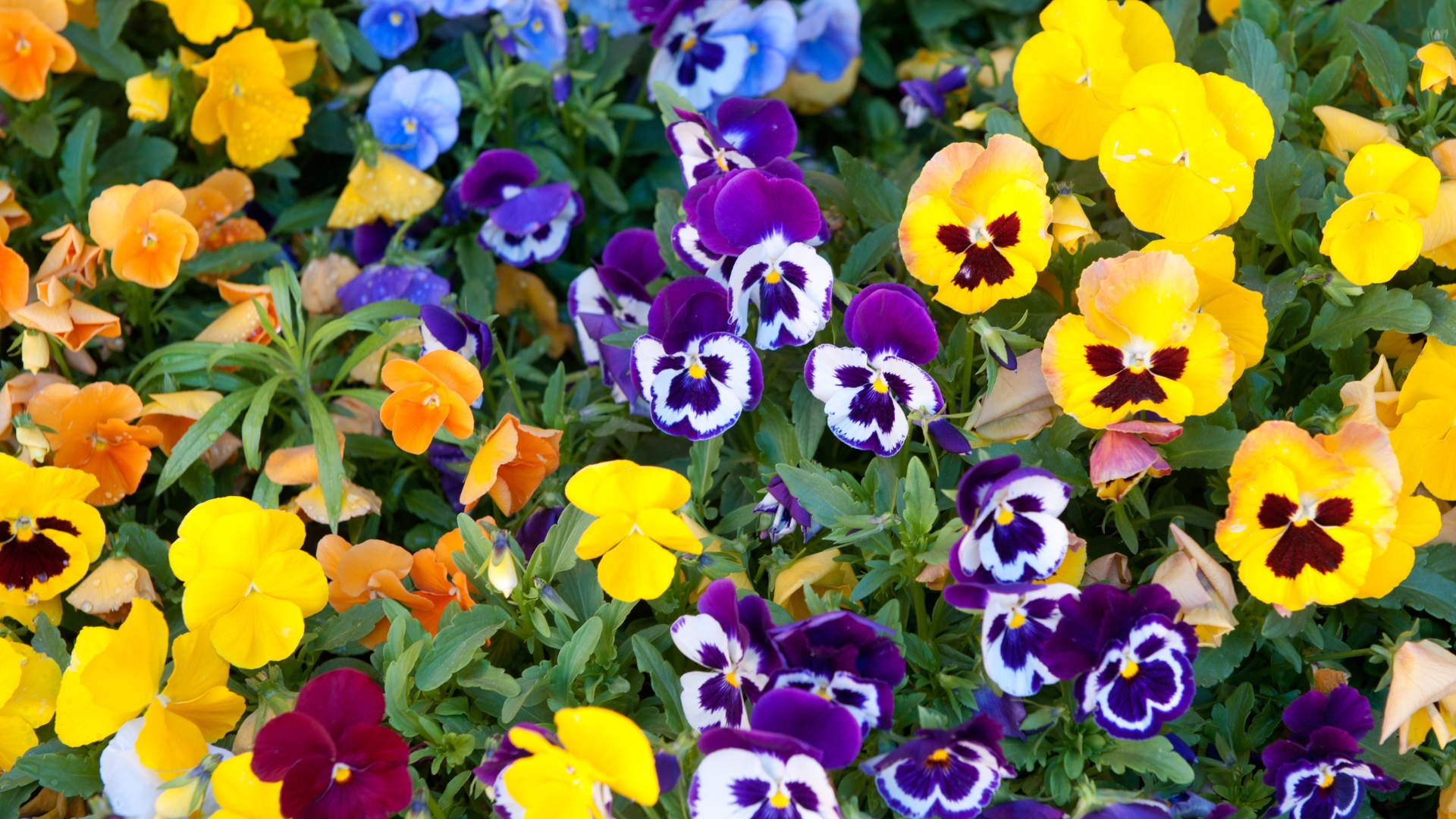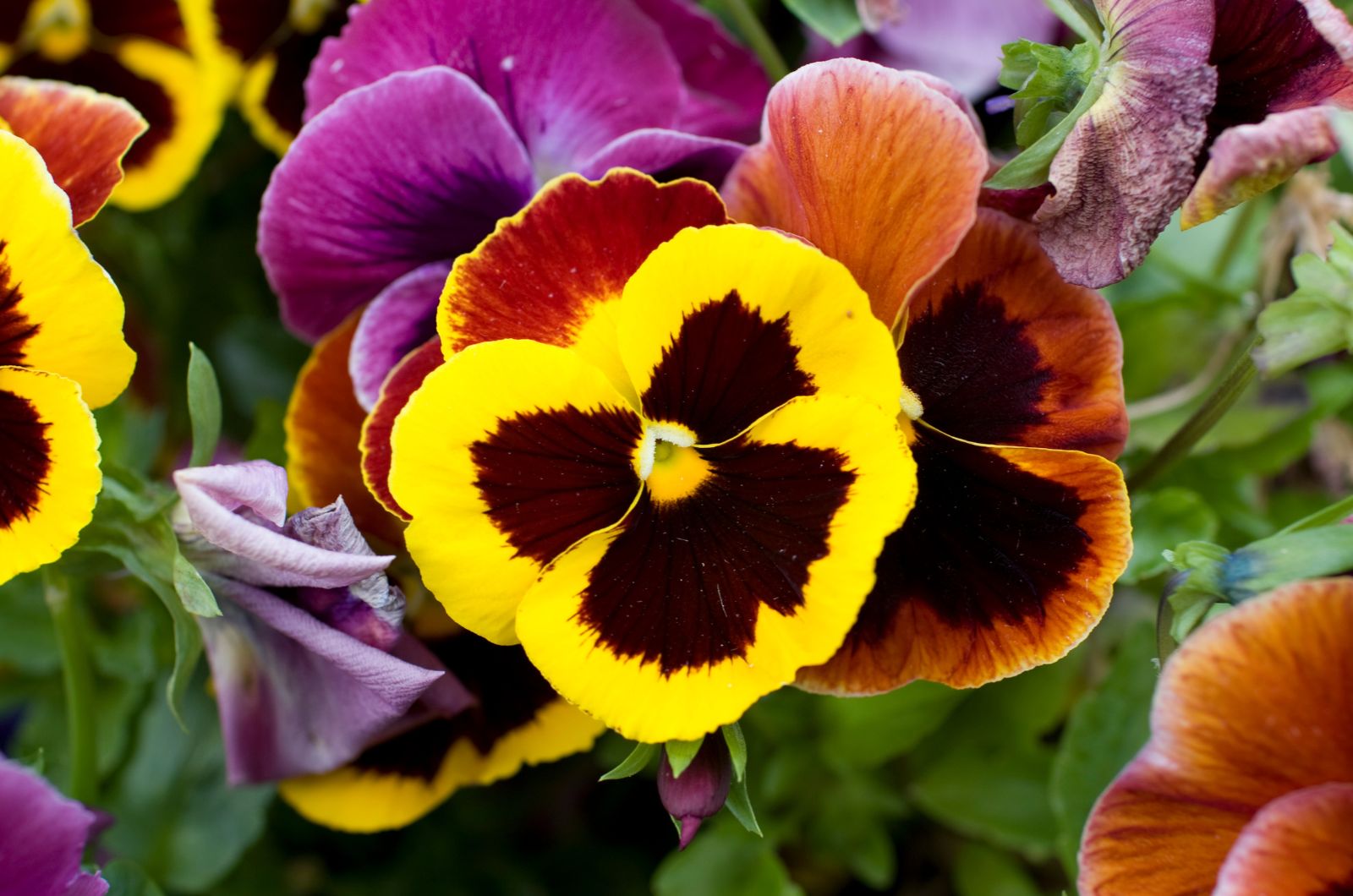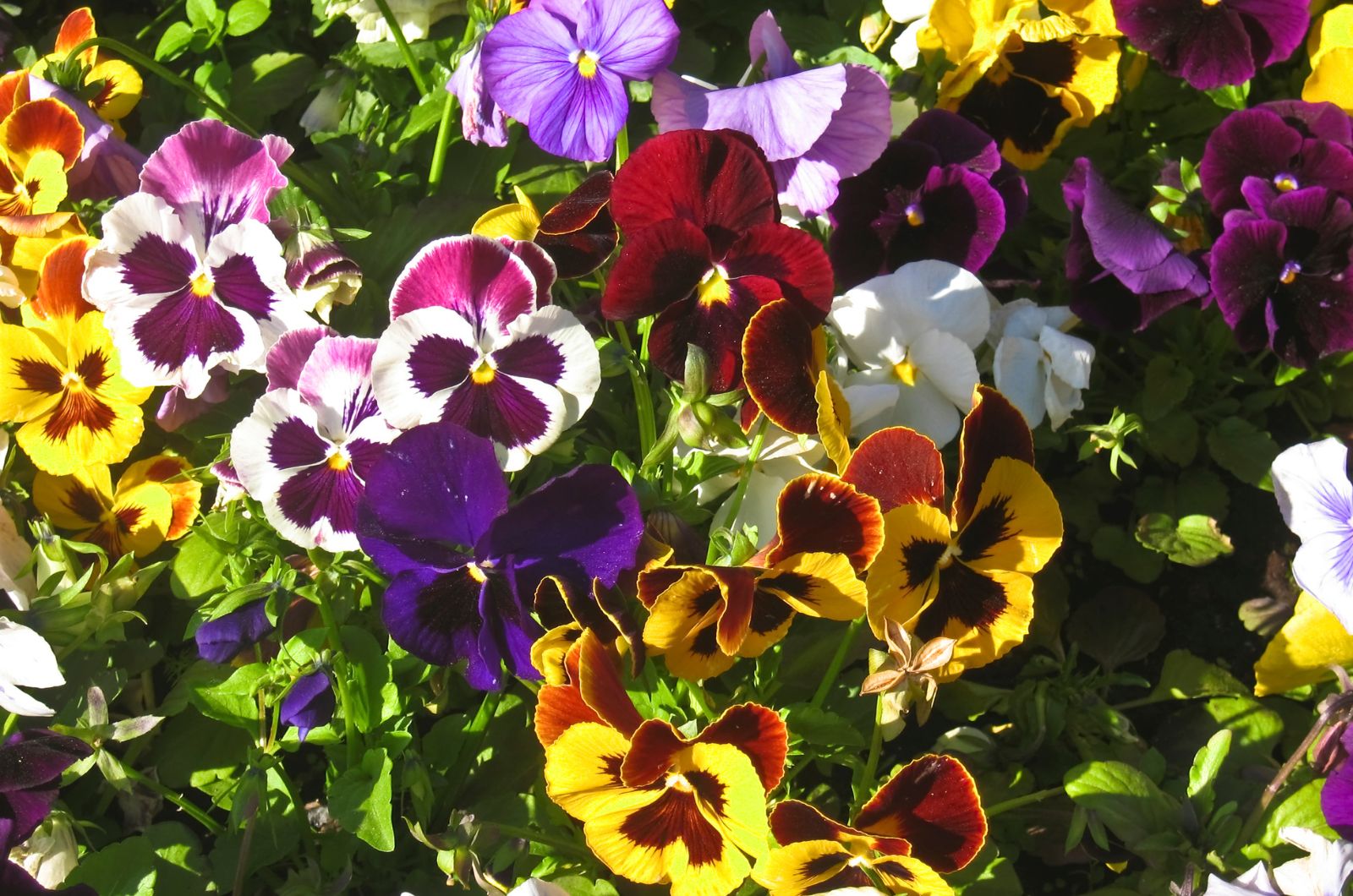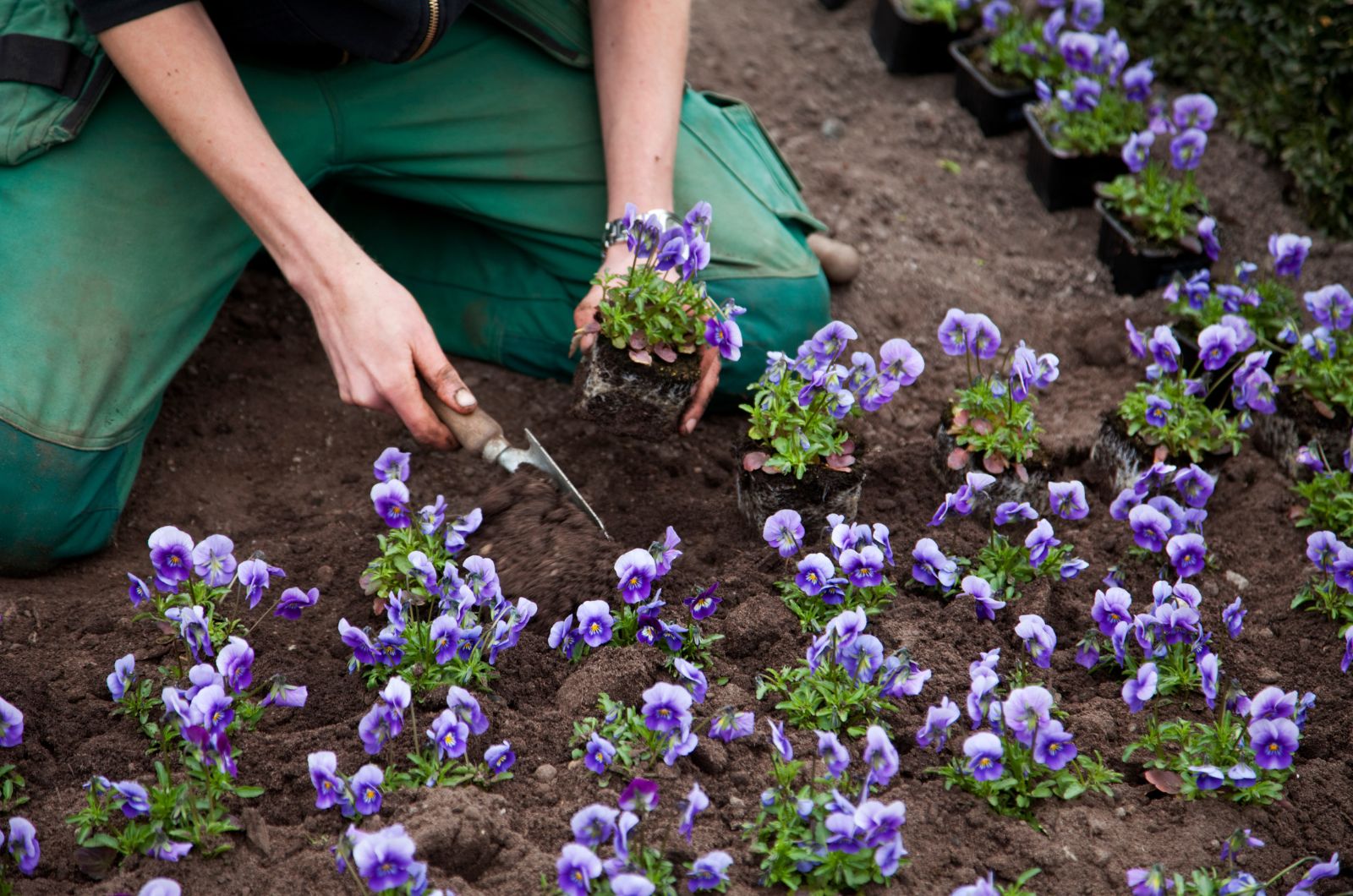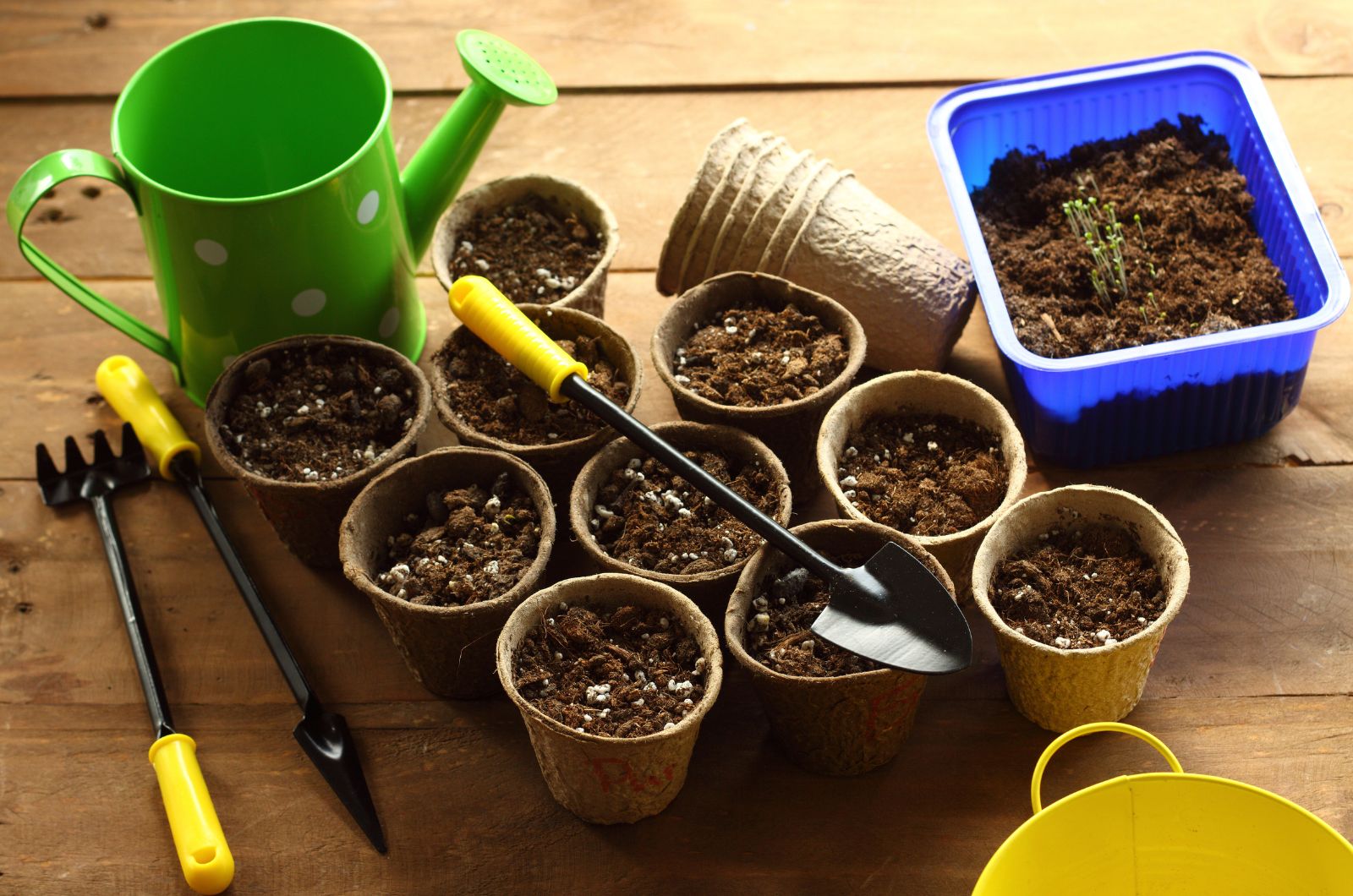Is there anything prettier than a flower bed full of pansies in full bloom? These cool-season plants brighten up our gardens in fall and spring when many other plants are sleeping.
But once they finish blooming, many growers ask themselves “are pansies perennials that come back after winter?”
If you’re one of these growers, you’re in the right place because I’m about to give you the answer!
Let’s see!
Are Pansies Perennials?
These stunning flowering species are often referred to as short-living perennials. They can survive in conditions found in USDA zone 4 but in cooler regions, they simply can’t make it.
The only exceptions are pansies, which are provided with a thick layer of snow that serves as insulation.
But here in the US, they’re most frequently grown as annuals. In regions with mild winters and cool summers, gardeners grow pansies as biennials.
Chances are, these beauties won’t grace your garden every year unless you opt for self-seeding varieties.
The thing is that pansies sold in nurseries or garden centers are mainly hybrids, and even if they self-seed, they won’t be the same as the mother plant.
Types Of Pansies
These early spring bloomers are renowned for their colorful blooms often adorned with stripes or blotches.
There are many varieties of pansies available today and some feature even larger blooms. The blossoms can be single, semi-double, or double, and they come in various hues, such as burgundy, peach, yellow, and blue.
Pansies are often mistaken for violas and the names are used interchangeably. Well, these species are related but they aren’t the same.
There are some varieties of violas that are classified as perennials. If you would like to add some pansy-like blooms that will come back every year, then you should try growing perennial violas.
Wood violet and Labrador violet are perennials that would make an excellent addition to your outdoor space.
When To Plant
These flowering plants are typically sold in four-packs or six-packs in garden centers. The perfect time for planting them is in fall in warmer regions. If you live in a cooler region, then planting pansies in spring is a better idea.
Of course, you shouldn’t plant your pansies until the soil is workable. These are frost-hardy plants but a hard frost immediately after planting could kill them.
When selecting a location for your pansies, make sure it’s sunny enough and the soil has good drainage.
Mix in compost, aerate the soil, and create planting holes to match the depth of the original pots for your plants.
Put your pansies in the prepared holes, pack the soil around them well, and irrigate. It’s also recommended to add a layer of mulch at this point to prevent weed growth and help the soil retain moisture.
How To Grow Pansies From Seed
The most common way of growing pansies is from transplants purchased in garden centers. Well, these plants can be started from seeds, and you’ll be happy to know that this isn’t a complicated task.
This way of starting pansies gives you an opportunity to grow unique species that you won’t most likely see in garden centers.
However, you need to be patient with pansy seeds because they take some time to germinate. Make sure to follow the steps below.
1. Take a few smaller trays and fill them with a pre-moistened, high-quality seed starting mix.
2. Put the seeds in the soil approximately 10-12 weeks before the last expected frost. Press your pansy seeds lightly into the growing substrate.
Starting pansy seeds indoors gives us an opportunity to ensure the ideal conditions and give our plants a great head start.
3. Take a few sheets of newspaper and cover the trays with pansy seeds. Make sure to put the trays in a dark spot; remember that the seeds won’t germinate if light reaches them.
Check the growing substrate every now and then to see if it needs more moisture.
4. The seedlings should appear in about 2-3 weeks. Then expose your pansies to bright indirect light.
5. You’ll most likely need to install artificial lights because a sunny window typically doesn’t provide pansies with enough light and the seedlings can become leggy.
6. Once the pansy seedlings are robust and outdoor conditions are suitable, transplant them to the selected location.
Pansies may be short-living perennials but their beauty is the reason why these plants deserve to be planted year after year. Follow our tried-and-true tips and enjoy the ethereal beauty of pansies!

